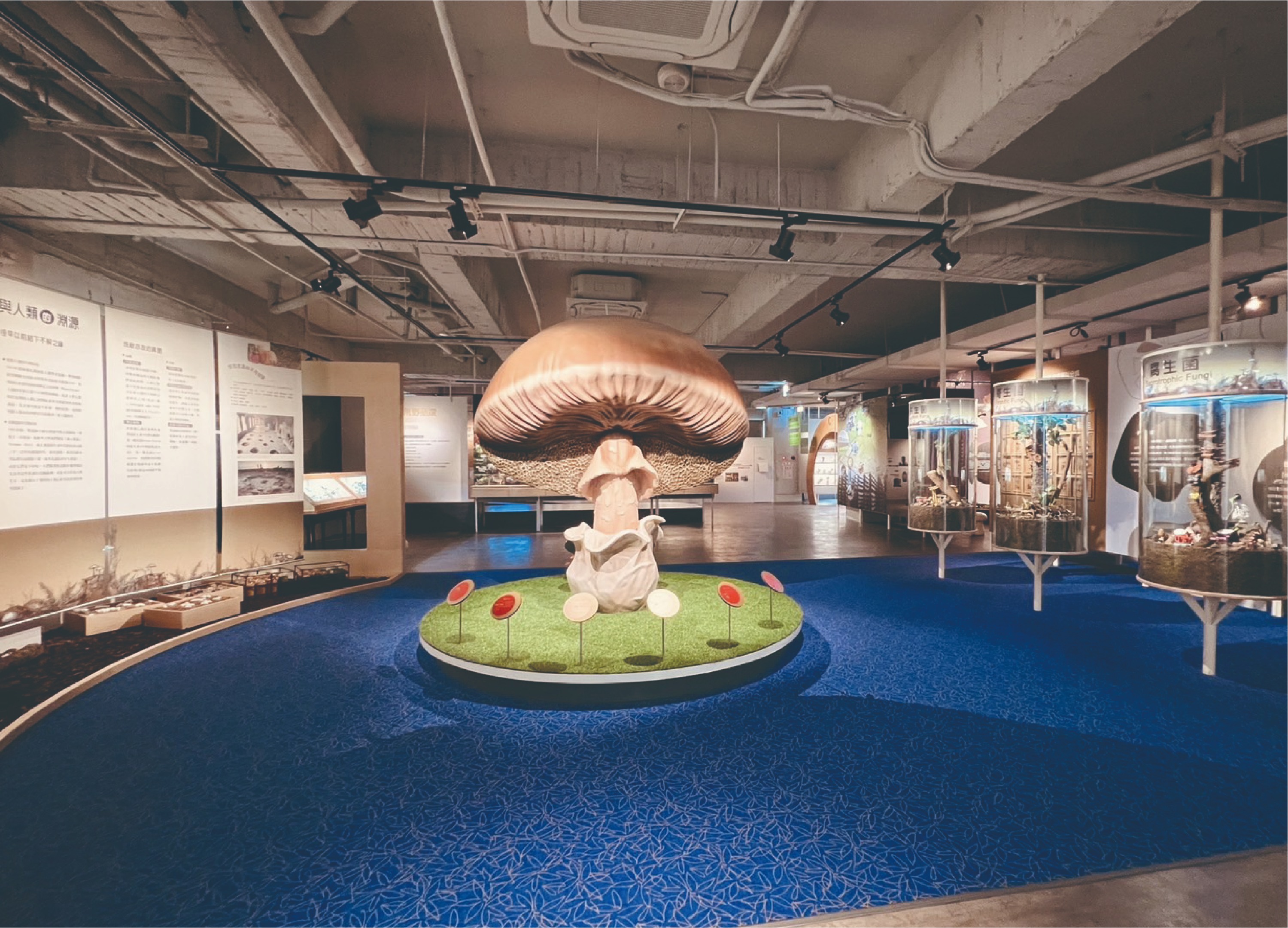
Taiwan Taichung|Wufeng Lin Family Garden Lin Xiantang Museum Park Ticket
Dinner and Show Tickets
Print
- Built by Lin Wenqin of the Wufeng Lin family, it is commonly known as the "Lin Family Garden"
- The museum houses precious cultural relics used by Mr. Lin Xiantang
- Experience the daily necessities and furniture used by the Wufeng Lin family
Options
Lin Xiantang Museum Tickets
Additional Info
Please purchase adult tickets for general public
College and high school students please purchase youth tickets
Free for junior high school and elementary school students and Wufeng residents
Museum tickets available for purchase at any time
From₱197.31Per Person
Search on Calendar
What's included in Taiwan Taichung|Wufeng Lin Family Garden Lin Xiantang Museum Park Ticket
(Subject to Option Inclusions)




The content of this product is provided by machine translation and may not reflect the actual information, please take this into consideration before booking.
- Business Information -
Wufeng Lin Family Garden Lin Xiantang Museum
- Business hours: 08:30 ~ 17:00, open all year round (in case of natural disasters or force majeure, the park will be closed according to the Taichung City Government's announcement on suspension of work)
- Park address: No. 91, Laiyuan Road, Wufeng District, Taichung City
- Guided tour meeting point: Museum counter
Collection display of Lin Xiantang Museum:
- Calligraphy, manuscripts, drawings, photos, archives, documents, postcards, etc. left by Mr. Lin Xiantang and his son Mr. Lin Panlong, as well as records of Mr. Xiantang's exchanges with scholars of the time.
- Daily necessities, furniture, men's and women's clothing and accessories, clocks, etc. used by the Wufeng Lin family at that time.
- Photos and information about activities related to Lin Hsien-tang, such as the Acornpoet, the Yi-hsin Society, the Summer School, the Taiwan Parliamentary Petition Movement, the Reading Club, and photos of Lin Hsien-tang and his son participating in other activities.
- The exhibition also includes calligraphy and paintings by literati from roughly the same period as Lin Xiantang, such as Liang Qichao, Xu Beihong, Zhuang Taiyue, Fu Xiqi, and Du Congming, and paintings by early Taiwanese painters Chen Huikun, Guo Xuehu, and Yang Qidong.
- Chairman Lin Fangmin’s personal collection over the years includes furniture crafts, clothing accessories, glass, porcelain, etc.
Inclusions
- The park is open all year round. In case of natural disasters or force majeure, the park will be closed according to the Taichung City Government's announcement on suspension of work.
- In compliance with the government's epidemic prevention policy, you must wear a mask throughout the tour and cooperate with the registration system.
Meet
Meeting / End Points
- Wufeng Lin Family Garden Lin Xiantang Museum
Policies
Purchase Summary
- Lin Xiantang Museum & Lin Family Garden -
- Guided tours of the entire park are available in two sessions: 10:00 ~ 11:30 and 13:30 ~ 15:00; visitors can purchase tickets at the museum and take guided tours at any time.
- Smoking, shouting, running and bringing pets into the park are prohibited.
- The opening hours of the Lin Family Garden and Lin Hsien Tang Museum in Wufeng are subject to the museum's announcement. If you have any questions, please contact the Lin Hsien Tang Museum.
- Visitors should observe relevant precautions and be responsible for repairing and paying compensation for any damages.
Redeem
Ticket Redemption
Redeem your voucher at the meeting point






